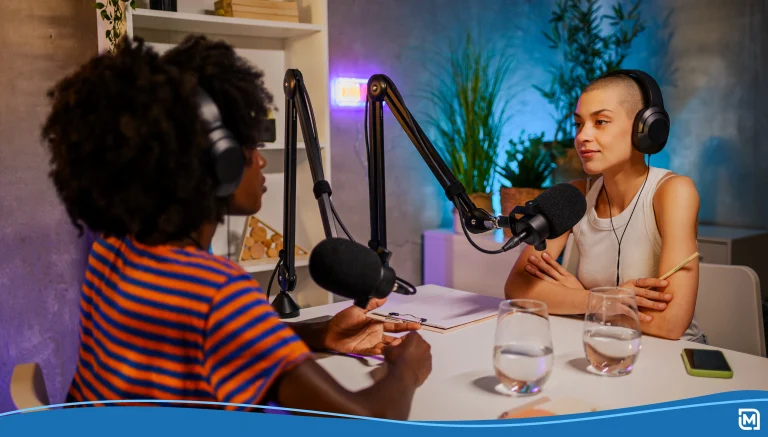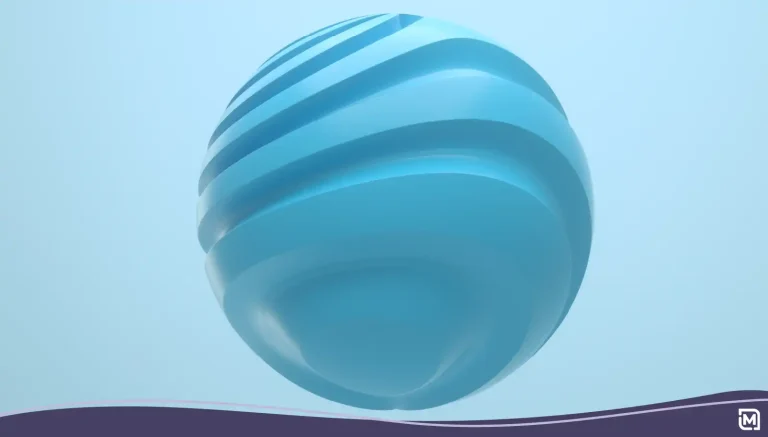Did you know that 72 percent of people base their opinion of you on your business card? That’s right, if your business cards are amazing, you’re more likely to land a new client or customer.
If your business cards are cheap-looking and unmemorable, they get thrown out.
Make your cards as personalized as possible. Spend a little extra on the better-quality materials. Show potential customers that your business is as fresh and compelling as your cards.
Wondering how to design a memorable business card? Keep reading for the top tips you need to know.
1. Paper Quality and Finishes
How do your current business cards feel in the hand? Do they feel cheap or fragile? These are two traits of ineffective business cards.
By improving the paper quality and finish of your cards’ paper, people are more likely to keep them. If they hold onto your card, you’ll be the one they contact when they need your service.
Eco-Friendly Paper
One option for the paper stock is eco-friendly paper. Often, this paper comes in Kraft brown or has a grainy texture to it.
Many clients and customers will appreciate that you use recycled paper. It shows that you care about the environment and so does your business.
Consider using eco-friendly paper to be more sustainable. And, to tell potential clients more about your brand’s story and values.
Matte vs. Gloss vs. Semi-Gloss
The finish on your business cards matter. Using a thin paper with a glossy finish looks cheap. When handed a cheap-looking business card, people assume your business cuts corners.
Do your homework on the different finishes available. Matte is a popular choice because it looks professional and feels firm. Semi-gloss is a good in-between option.
You can also get special finishes like gold foil, metallic, and clear plastic. Get creative in the type of material you use. It doesn’t have to be paper!
Paper Weight
Heavier business cards feel more professional. They don’t get lost among a pile of papers or receipts in a wallet. They stand out because of their thickness.
When given the choice, pay more for thicker paper stock. You want your cards to feel substantial and worth holding onto.
Some business card holders are opting for metal cards. The information gets embedded in the metal and it certainly stands out.
2. Card Size
The traditional business card size is 3.5 x 2 inches, a rectangle. While these look okay, the expected size and shape won’t make your card stand out.
Get outside the box with different sizes, shapes, and concepts. Your business isn’t like everyone else’s, so why should your cards be?
Mini and Extra Large
Have you ever been handed a mini business card? This is a trend in the business card space that stands out. Sure, you’re more likely to lose it because it’s small, but it’s cute!
Another option is going larger than the traditional rectangle. Make it dollar bill-sized with your logo magnified. That way it still fits in a wallet, but not in the pocket with all the other business cards.
Fun Shapes
Who says you have to stick to a rectangle? Successful businesses use a variety of shapes and line styles. Simply getting rounded corners makes you different.
Other cool business card shapes include squares, circles, and stars.
You could even cut them into a house, a cat, or lips. Find a shape that goes with your business’s theme or industry.
Consider cutting the sides of the card with a patterned cutter. For example, zig-zags or waves.
Out of the Box Ideas
Professional marketers know that out of the box ideas get remembered. They make business cards and other marketing materials 3-D and fun.
For example, hand your business cards out folded into paper cranes. When you unfold the crane, you see all the necessary business card information.
Or, you could make your business card a tiny envelope. Inside the envelope include a sample of your products, like seeds if you’re a landscaper. The outside could have your information.
3. How Much is Too Much?
A successful business card has a mix of information and empty space. It’s a delicate balance between saying too much and too little.
To start, every card should have your company name, your name, and your role. There should be a contact number, email, and address if you have a main location.
Then, consider including some of your social media handles. These should only be your business’s handles, not your personal ones.
If you use Instagram a lot for your business, include it. If you never use your LinkedIn, don’t include it.
Some people make the mistake of only printing on one side of the card. Sure, you save a buck, but you leave lucrative space empty.
Always print on both sides. One side should have your business name, logo, and slogan. The other side should have your information.
4. Leave it to the Professionals
When in doubt, choose simplicity. Put less on the card instead of stuffing it with content. Ensure the colors, font, and style are on-brand.
If you need help with this task or don’t have the time, hire a professional.
Graphic designers have expertise in creating effective, on-brand business cards. They can tell you which paper stock to use and which finish. If you want an out of the box card idea, a professional designer will be able to execute it.
Need Help Designing a Memorable Business Card?
Business cards are crucial to effective networking, marketing, and promotion. If yours don’t stand out, they’ll go in the garbage. Design a memorable business card that highlights your logo.
Your logo is the tip of your brand’s iceberg. You need a perfect logo to be able to design the perfect business card.
LogoMaker has thousands of professional templates and in-house designers to help you out. Allow our experts to create an effective and personalized logo for your business.







